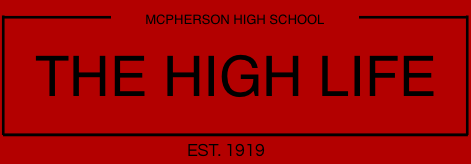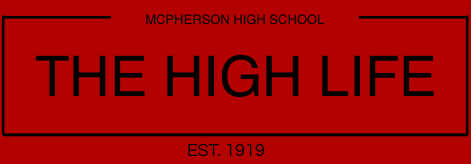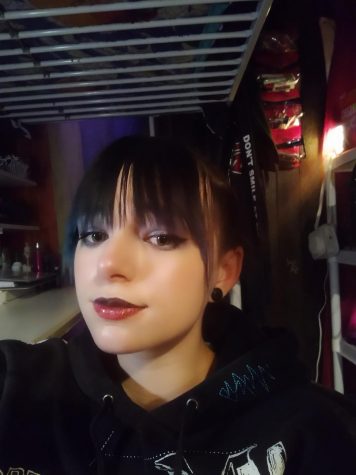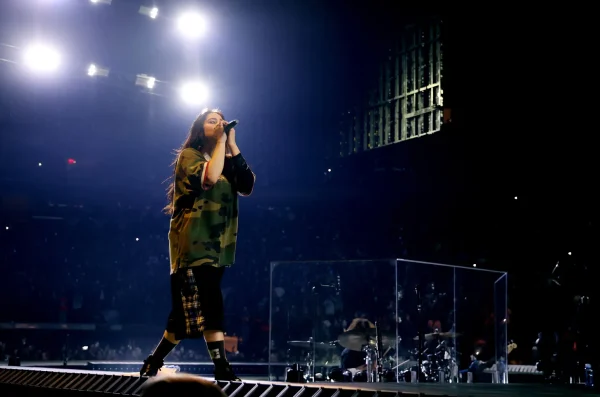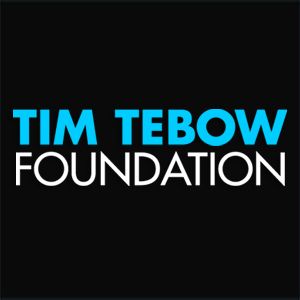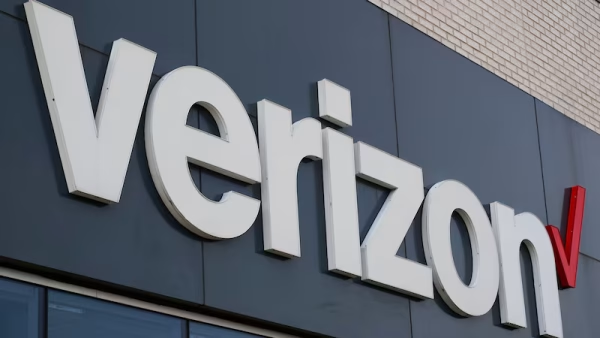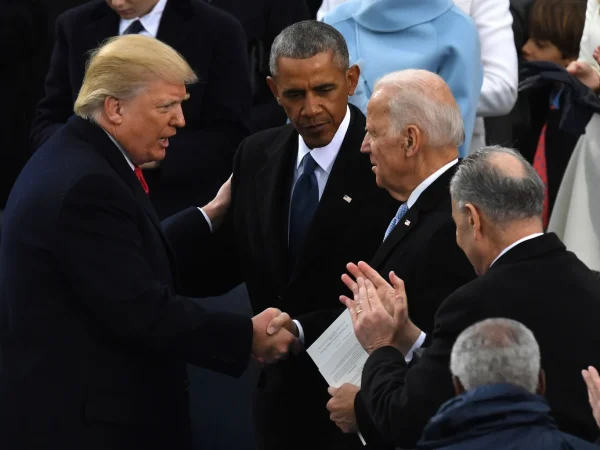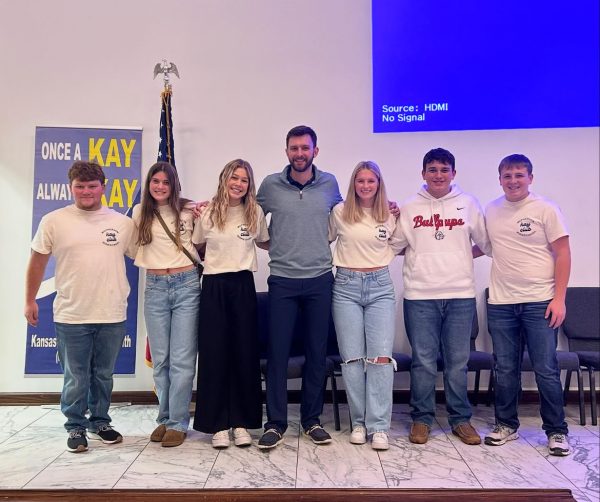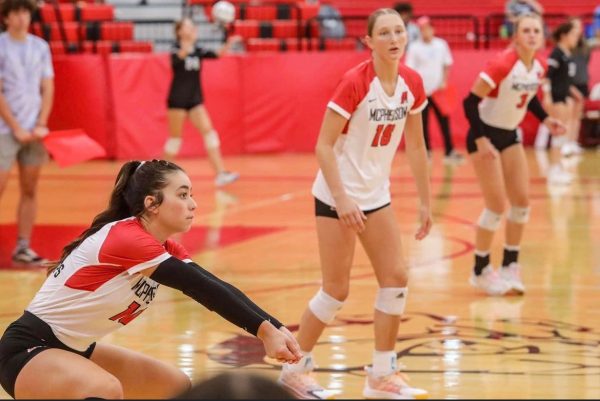Civil Rights Movements/The Stonewall Inn Riots
Introduction
The Civil Rights movement included a lot of different kinds of people fighting for their rights. In this article, you will learn about one of the biggest events for LGBTQ+ rights, The Stonewall Riot. This event taught the people of the queer community how important it is to stick together and stick up for themselves and one another.
What Led Up To The Stonewall Riot?
Long story short, police brutality, transphobia, homophobia, and just plain hatred are what started the rioting/fight for rights.
Now, the long story…
First, you should know, back then the word “gay” was being used as an umbrella term for anyone in the LGBTQ+ community. This also included crossdressers and anyone who dressed in drag. It didn’t matter if they still identified as the gender they were assigned at birth(Cis) nor if they were attracted to the opposite gender(Heterosexual). Now, the umbrella term for anyone in this community is queer. Originally this was a harmful slur. But, the word would later be reclaimed by the LGBTQ+ community after The Stonewall Riots.
In 1969 being queer was still illegal in every state except for Illinois. People were being fired, beaten, and arrested solely for being a part of the LGBTQ+ community. Your business could even be shut down just for hiring or serving a queer person.
Although there were a lot of gay bars in New York City at the time, they were mostly run by the Mafia. They would pay corrupt police officers to look the other way and blackmail wealthy gay clientele by threatening to “out” them. But, just because the gay bars were run by the mafia, who are known to be bad people, doesn’t mean the people of the LGBTQ+ community were bad. For many queer people, these were the only safe places for them to go and stay. Even young kids lived at the Stonewall Inn. A lot of the time, after their parents found out they were queer, no matter their age, they would often be disowned and kicked out. They are all just normal people looking for a safer place to be themselves, as one should be able to do. It’s called human rights. Which is what these people would soon be fighting for.
What Happened During These Riots?
The day before the big riots, during a Tuesday afternoon, the police did their thing and raided Stonewall, a known gay bar and hotel in the city of New York. Nothing out of the ordinary happened, they arrested workers, drag queens, and others. They also confiscated their liquor.
The next day, police were hoping this would be their last raid, they hoped the bar would close down for good. But, the complete opposite happened. They had eight undercover police officers stationed in the bar that day, two women and six men. The difference on the morning of June 28, 1969, was the people fought back and refused to stop till they got what they deserved, this lasted six whole days. According to several witness reports, police beat up a woman dressed in masculine clothing. This woman was believed to be a lesbian activist, Stormé DeLarverie. After this the crowd unhinged taunting the officers, calling them “Pigs!” and “Copper!” while throwing pennies and bottles at them. Some people even slashed the tires of the police vehicles.
It is believed that Marsha P. Johnson and Sylvia Rivera, were the women who started the riot and stood at the frontline of everything. These two transgender women of color supposedly resisted arrest and threw the first bottle, brick, or stone at the cops. Since this was before cell phones existed and there is very little documented, to this very day no one knows exactly who started the counter-attack towards the police.
Around four in the morning, the police van and squad cars left to drop the prisoners off. The growing mob of protesters forced the original NYPD raiding party to retreat into and barricade themselves inside Stonewall. Some rioters used a parking meter to break through the door. Others threw various objects found in the streets. They even made firebombs with bottles, matches, and lighter fluid.
Soon more police and the Tactical Patrol Force (TPF, the city’s riot police) would show up at the scene. But before they got there the nonconformists outwitted them by leaving, circling back around, and sneaking up on the officers. On the first day, even though a few police officers reported injuries, no one died or was severely injured.
Even after the police ransacked the place, Stonewall opened back up before the sun went down on June 29th. Yet, this night they would not be serving alcohol. As more and more people showed up they would be chanting things like, “gay power” and “we shall overcome.”
Later that night more police and TPF officers would show up to beat and tear gas these people fighting for what they believed was right. This would go on till the next morning.
From the 29th of June to the first of July, many LGBTQ+ activists would gather at Stonewall, spreading information and building up a community that would empower the growth of the gay rights movement. Though police officers would return, the mood was less combative and destructive, with more skirmishes instead of the large-scale riots from before.
July 2, 1969, two articles about these riots were published on the front pages of the Voice newspaper. This angered protesters, as they used homophobic slurs. One writer, Lucian Truscott IV was outside the building while the riots were happening. He used these words in his article, “limp wrists were forgotten.” The phrase “limp wrist” is used a lot to describe gay men because they are seen to be more feminine. He also used the words “faggot” and “faggotry.” This outraged the people of the LGBTQ+ community, so much so that they would swarm outside the Voice’s offices. When the police pushed back, the rioting started again. This time it only lasted a short period of time. The New York Times would even write a short article using slurs as well. The headline being, “Homo Nest Raided, Queen Bees Are Stinging Mad.”
The Aftermath
Although this was happening in New York people all over the world were talking about it. After these events queer people finally found themselves to be part of a real community. They felt true hope for real change. Though this is not where the fight for equality began it was a huge turning point.
The first pride parade would happen a year later, on June 28, 1970, in remembrance of the first day of The Stonewall Riots. To crown the city’s first “Gay Pride Week,” LGBTQ+ activists in New York organized the “Christopher Street Liberation March.” Starting off with hundreds of people marching up 6th Avenue toward Central Park, while many supporters joined them. Eventually, there were thousands of people and it would stretch for approximately 15 city blocks. This inspired activists in other cities to organize gay pride celebrations that very year. The frenzy of activism born on that first night at Stonewall fueled gay rights movements. This would become a lasting force that would never be forgotten.

